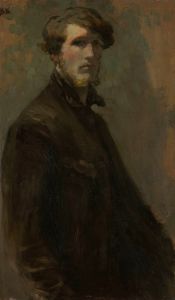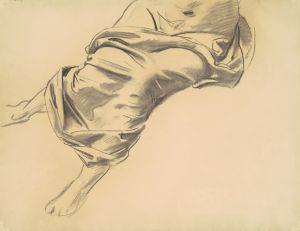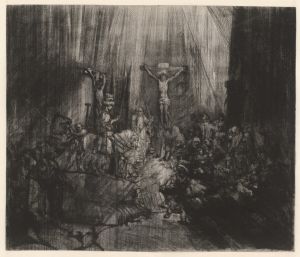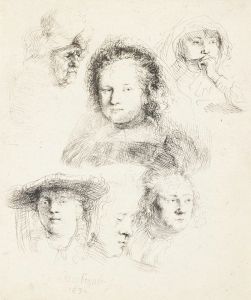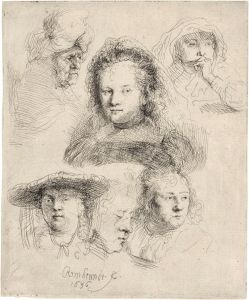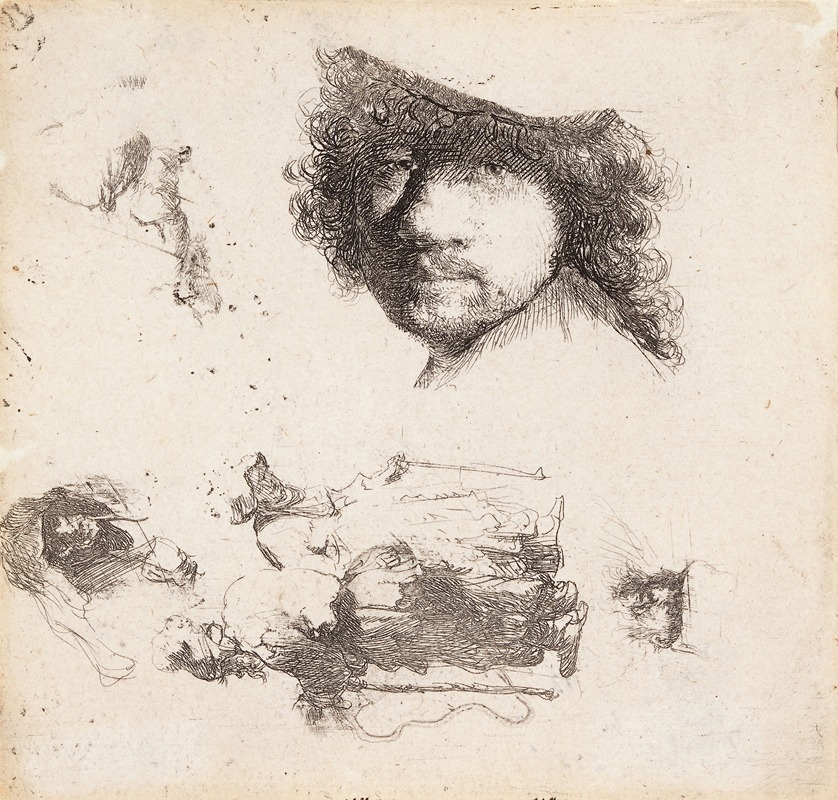
Self Portrait
A hand-painted replica of Rembrandt van Rijn’s masterpiece Self Portrait, meticulously crafted by professional artists to capture the true essence of the original. Each piece is created with museum-quality canvas and rare mineral pigments, carefully painted by experienced artists with delicate brushstrokes and rich, layered colors to perfectly recreate the texture of the original artwork. Unlike machine-printed reproductions, this hand-painted version brings the painting to life, infused with the artist’s emotions and skill in every stroke. Whether for personal collection or home decoration, it instantly elevates the artistic atmosphere of any space.
"Self Portrait" by Rembrandt van Rijn is one of the numerous self-portraits created by the Dutch master throughout his prolific career. Rembrandt Harmenszoon van Rijn, born on July 15, 1606, in Leiden, Netherlands, is widely regarded as one of the greatest visual artists in the history of art and the most important in Dutch art history. His self-portraits provide a unique and insightful chronicle of his life, capturing his evolving appearance, emotional states, and artistic development over the decades.
Rembrandt's self-portraits are notable for their psychological depth and masterful use of light and shadow, a technique known as chiaroscuro. This technique involves the dramatic interplay of light and dark to create a sense of volume and three-dimensionality. Rembrandt's ability to convey the subtleties of human expression and the texture of skin and fabric is evident in these works.
One of the most famous self-portraits by Rembrandt is housed in the Mauritshuis in The Hague, Netherlands. Painted in 1669, the year of his death, this self-portrait is a poignant reflection of the artist in his later years. In this painting, Rembrandt depicts himself with a somber and introspective expression, wearing a simple cap and cloak. The use of light highlights his face, drawing attention to his weary eyes and the lines etched into his skin, suggesting a life filled with both triumphs and hardships.
Another notable self-portrait is located in the National Gallery in London. Painted in 1659, this work shows Rembrandt in a more elaborate costume, with a rich, fur-trimmed cloak and a velvet beret. The artist's gaze is direct and penetrating, conveying a sense of confidence and self-assurance. The detailed rendering of the textures of the clothing and the subtle play of light on his face demonstrate Rembrandt's technical prowess and his deep understanding of human psychology.
Rembrandt's self-portraits are not merely exercises in vanity; they serve as a visual autobiography, documenting his journey from a young, ambitious artist to an older, more reflective individual. These works also provide valuable insights into the social and cultural context of the Dutch Golden Age, a period of great wealth, artistic achievement, and scientific discovery in the Netherlands.
Throughout his career, Rembrandt produced around 80 self-portraits, including paintings, drawings, and etchings. These works collectively offer a comprehensive view of his artistic evolution and personal experiences. They reveal his experimentation with different techniques, compositions, and expressions, showcasing his relentless pursuit of artistic excellence.
In summary, Rembrandt's self-portraits are a testament to his extraordinary talent and his ability to capture the essence of the human condition. They remain some of the most compelling and studied works in the history of art, providing a window into the soul of one of the greatest artists of all time.





